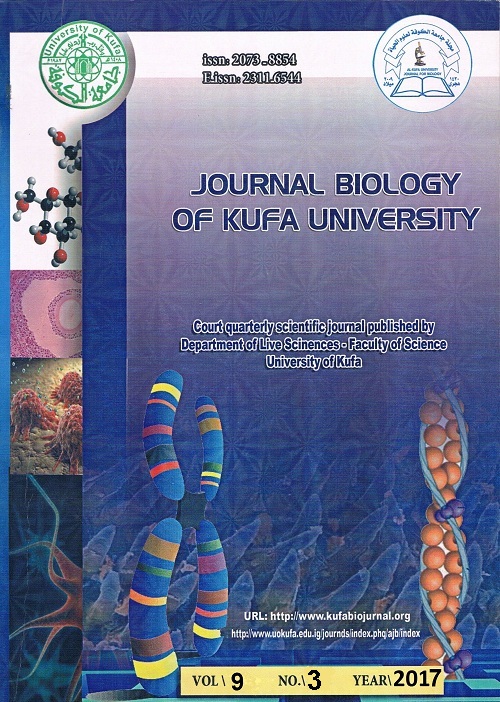Abstract
The current study aimed to obtain staphylokinase (Sak) protein as a fibrinolytic agent from Escherichia coli as a nonpathogenic bacterium after transforming it with a cloned vector. From 630 clinical samples, 98 isolates of S. aureus were obtained and 81 (82.65%) were Sak producers. PCR amplification of the sak gene identified a single DNA band with the expected length of 408 bp in three S. aureus isolates. E. coli DH5 was successfully transformed with the sak gene. PCR amplification showed that the recombinant gene comprised 408 bp, which was the same size as the native gene amplified from S. aureus. Bacterial proteins of genetically engineered BL21(DE3) with cloned pET-28a-sak were separated according to their molecular weight and recombinant Sak appeared as a band with an estimated molecular weight ca 15.5 KDa. A non-induced sample with cloned vector was included as control. The fibrinolytic activity of recombinant Sak was higher than that of the native Sak. We found that the gene expression level and Sak production rate in the genetically engineered BL21(DE3) were similar to those of the native S. aureus.
Keywords
Cloning
fibrinolytic property
isopropyl -D-1-thiogalactopyranoside
protein expression
staphylokinase
Abstract
هدفت الدراسة الحالية إلى الحصول على بروتين ستافيلوكيناز (ساك) كعامل تحلل فيبرين من الإشريكية القولونية كبكتيريا غير مسببة للأمراض بعد تحويلها باستخدام ناقل مستنسخ. من 630 عينة سريرية، تم الحصول على 98 عزلة من المكورات العنقودية الذهبية وكان 81 (82.65٪) منتجين للساك. حدد تضخيم تفاعل البوليميراز المتسلسل لجين ساك شريطًا واحدًا من الحمض النووي بطول متوقع يبلغ 408 زوجًا قاعديًا في ثلاث عزلات من المكورات العنقودية الذهبية. تم تحويل الإشريكية القولونية DH5 بنجاح باستخدام جين ساك. أظهر تضخيم تفاعل البوليميراز المتسلسل أن الجين المعاد التركيب يتكون من 408 زوجًا قاعديًا، وهو نفس حجم الجين الأصلي المضخم من المكورات العنقودية الذهبية. تم فصل البروتينات البكتيرية من BL21(DE3) المعدلة وراثيًا باستخدام pET-28a-sak المستنسخ وفقًا لوزنها الجزيئي وظهر Sak المعاد تركيبه كشريط بوزن جزيئي يقدر بحوالي 15.5 كيلو دالتون. تم تضمين عينة غير مستحثة مع ناقل مستنسخ كعنصر تحكم. كان النشاط التحللي للفيبرين لـ Sak المعاد تركيبه أعلى من نشاط Sak الأصلي. وجدنا أن مستوى التعبير الجيني ومعدل إنتاج Sak في BL21(DE3) المعدل وراثيًا كانا مماثلين لمستويات Sak الأصلية.
Keywords
الاستنساخ، خاصية تحلل الفيبرين، إيزوبروبيل -D-1-ثيوجالاكتوبيرانوسيد، التعبير عن البروتين، ستافيلوكيناز
